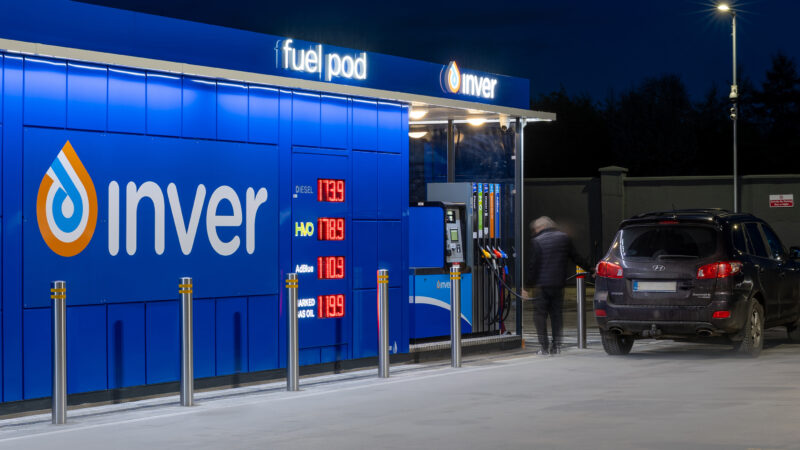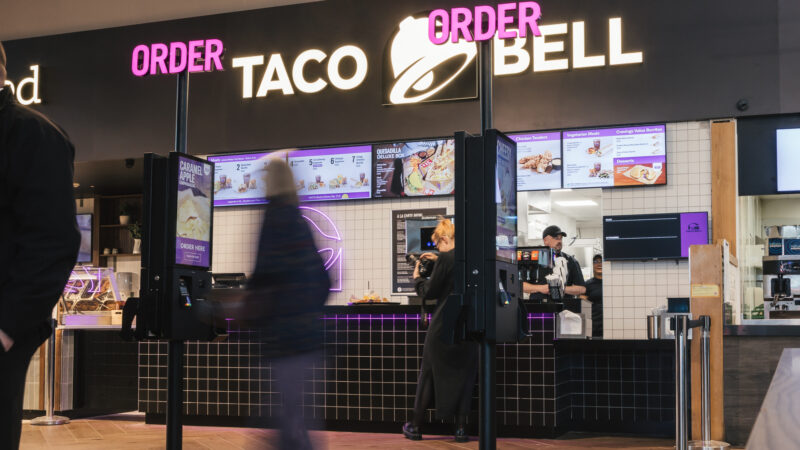Could Bank IDs Secure Retail Stores and End Shoplifting?

By Luke Purser, Consulting Director at PSE Consulting
It begins with a familiar challenge for supermarkets: the pressure to deliver more with less. Longer opening hours, leaner teams, and increased self-service options are high on the agenda. Yet with retail theft hitting record levels, ambitions to extend hours or run staffless stores often stall on one critical question: how do you keep them secure?
Shoplifting has surged to unprecedented levels. The UK Office for National Statistics reports a 20% rise in incidents last year alone, with major grocers facing losses worth millions. For retailers trialling unmanned or hybrid store models, these figures are a serious brake on innovation. While for consumers, they threaten the very convenience and flexibility modern retail promises to deliver.
Technology is fast becoming the first line of defence. The UK Home Secretary’s recent backing of facial recognition to combat theft underscores the scale of the problem and highlights a growing appetite for new solutions, including advanced identity technologies.
With biometric authentication, Open Banking, and secure mobile apps already ingrained in the UK’s digital landscape, could these tools hold the key to a safer, more seamless retail experience?
From Watching to Controlling Access
Self-checkout environments already rely heavily on cameras, AI, and loyalty apps and in some cases, even Face ID to log into retailer apps or approve payments. But the link between a verified customer and secure store access is still weak, particularly during unstaffed hours.
This is where identity infrastructure could step in. Bank-verified identity, already widely adopted in countries like Sweden and Czechia, offers a seamless way to authenticate shoppers before they even enter the store.
Instead of simply monitoring for theft after it happens, could UK retailers prevent it at the door?
A Proven Model: Coop’s Hybrid Stores in Czechia
In Czechia, supermarket chain Coop has pioneered a store model built on digital identity from the ground up. Their hybrid format combines traditional daytime service with fully automated, staffless access in the evenings. made possible through mobile apps, bank-verified identity, and centralised monitoring.
Here’s how it works:
- Mobile access via bank identity: Customers scan a QR code in Coop’s loyalty app to enter after hours. Setting up the app requires linking a verified bank ID — a form of digital identity already widely used in Czechia for government services, utilities, and financial transactions.
- Real-time monitoring and support: Inside, customers use standard self-checkout kiosks. A network of cameras connects to a central security desk overseeing multiple locations, where staff can step in remotely to assist shoppers or address suspicious behaviour.
- Automatic age verification: Purchases of age-restricted items, like alcohol, are approved instantly within the app, removing the need for manual ID checks.
- Data-driven insights: Late-night shopping is thriving. Sales data shows customers regularly shop as late as midnight and on weekends, with alcohol, sweets, and impulse buys spiking during unstaffed hours.
The results speak for themselves: Coop reports stronger service for rural communities, higher sales during off-peak times, and lower theft rates – largely due to the deterrent effect of linking entry to verified identity. Crucially, the system avoids invasive surveillance such as facial recognition, instead embedding trust from the moment a customer registers with the loyalty scheme.
Rethinking Access for Retail
Supermarkets already have many of the core pieces in place — from loyalty apps to advanced surveillance systems. What’s missing is a coordinated approach to access: one that uses existing identity tools not just for payments, but also to enable secure out-of-hours entry and build a stronger connection between shoppers and store activity.
With Open Banking adoption accelerating and retailers investing in new technologies, including shared offender databases to tackle theft, now is the perfect moment to rethink the role of digital identity in-store.
Imagine a future where:
- Late-night shopping is unlocked via your mobile app and Open Banking credentials.
- Age verification happens instantly and securely, without staff intervention.
- Known shoplifters are automatically restricted from entry — not just flagged on camera.
From Deterrence to Prevention
Retailers have spent years perfecting the self-checkout journey, but rising retail crime is forcing a shift from reactive deterrence to proactive prevention. Markets like Czechia show what’s possible when identity is treated as an enabler, not a barrier, creating opportunities for more automation, greater flexibility, and stronger security.
Because in the fight against retail crime, the smartest solution may not be more cameras.
It might be knowing exactly who’s coming through the door.
About Luke Purser
Luke Purser, Consulting Director at PSE Consulting, is recognised as the UK’s leading acquiring specialist with over 21 years in banking, cards and acceptance. Of these, 15 years have been with Lloyds Cardnet, Citigroup and Elavon’s acquiring business and 11 years consulting in acquiring with PSE. Luke understands in detail all aspects of the acquirer value chain as well as the marketing, commercial, technical and operational models that support the business.
Visit: https://pseconsulting.com/







